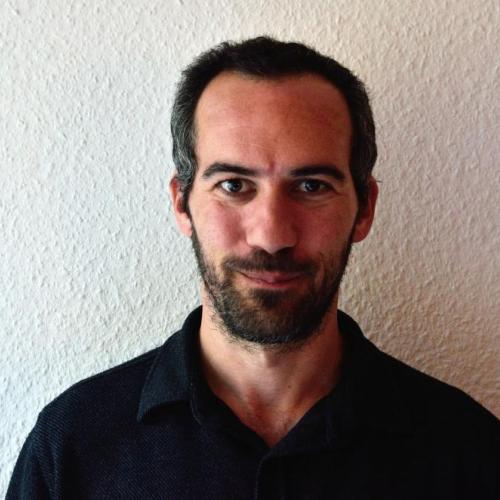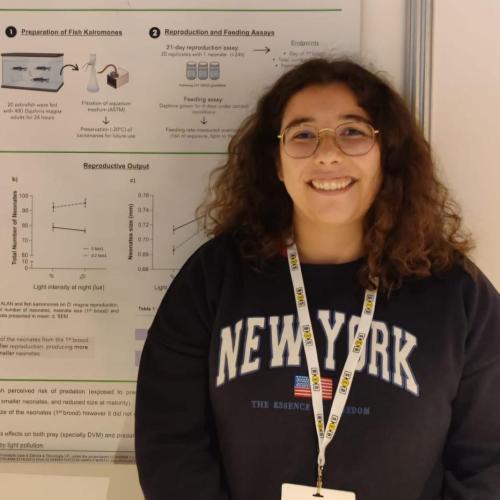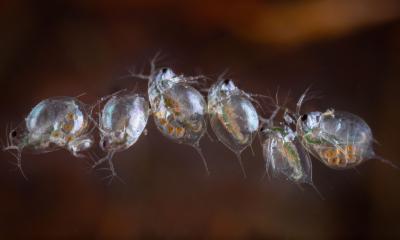
Global Change Evolutionary Ecology

Group profile

Two dormant eggs of Daphnia pulicaria and a D. pulicaria neonate hatching from a dormant egg. | © Dagmar Frisch
Global climate change and anthropogenic pollution are among the most prominent forces that profoundly affect phenotypes, their physiological responses, and the evolution of natural populations, with well-documented negative impacts on aquatic systems. The accelerated change, experienced over recent decades, urgently demands an improved mechanistic understanding of evolutionary adaptation to changing environments. Rapid adaptation has been documented many times in a variety of organisms and environments. Yet, we still lack a holistic understanding of how the phenotype is shaped by the complex interaction of the genome, epigenome and transcriptome, and how the interplay of these multiple organismal layers may both allow for and limit evolutionary adaptation to rapidly changing environments.
Our research group directly addresses this knowledge gap by pursuing research at the intersection of environmental (paleo)genomics, eco-physiology and evolutionary ecology. In our research we are interested in a variety of abiotic stressors, including temperature, hypoxia, salinity, light and sound pollution using both field-based and experimental evidence to understand the effect of these stressors on the life history and physiological responses in past and present populations of our model organism, the water flea Daphnia. We integrate this multi-disciplinary approach with resurrection ecology (hatching of dormant stages from aquatic sediments) and paleolimnology to experimentally link genotypic and phenotypic changes in ancient and extant isolates of Daphnia in relation to various aspects of global environmental change.











